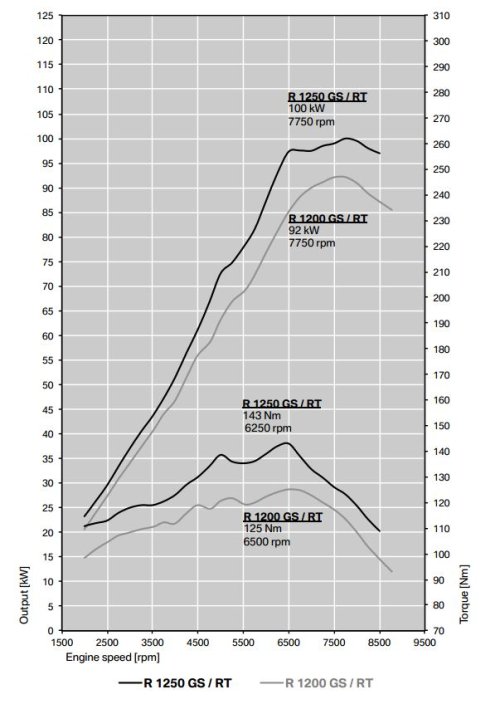pglaves
#13338
As I've posted elsewhere, my view is that if a safety feature exists, it has to become standard everywhere due to liability concerns.
Moto Guzzi had linked brakes before BMW ...
No other motorcycle that I am aware of used electrically pumped power brakes with minimal residual braking with electrical problems. This has nothing to do with linked brakes or ABS. Just the use of power brakes where no such thing was needed - as evidenced by the few number of years before BMW woke up and killed the dumb idea. Not everything BMW is as if it was perfected and ordained by the Creator. It is a company, with engineers and accountants that sometimes makes mistakes. Recalls, anybody?



